|
written by Jackie Edwards Monarch butterfly populations have declined by over 85% in the past two decades due to habitat loss, climate change, and pesticide use, according to the Center for Biological Diversity. Since they're an important part of our ecosystem, it's important to find ways to protect these beautiful pollinators, and planting monarch-friendly grasses can create an ideal habitat for these iconic butterflies and support their population. Doing so enables you to support monarch populations from the comforts of home. Prairie Dropseed Prairie dropseed is a native grass species that is well-suited for supporting monarch butterflies. This grass grows in clumps and produces fine-textured foliage that provides a beautiful and delicate addition to your garden or outdoor space. Prairie dropseed is also an important host plant for various insects, including skipper butterflies, moths, and grasshoppers. These insects are an important food source for adult monarchs. In addition to providing a habitat for monarchs and other insects, prairie dropseed also produces seeds that provide an important food source for birds and other wildlife. Big Bluestem Apart from giving monarch butterflies a place where they can get food and rest, it's also important to protect them from pets and young children since they could accidentally trample on these insects. Consider creating a small lawn area made from artificial turf to separate your kids' garden play area from your monarch butterfly sanctuary. When compared to real grass, artificial turf may be a better pick for areas in which humans and animals play, and having a designated area with different turf means that wildlife and insects can flourish in others. You could even think about creating a space there to sit, spot and watch the butterflies and insects as they come and go without disturbing them too much! Meanwhile, if you're looking to add grass that makes a big visual impact in your garden, consider big bluestem. This is another native grass that can provide an important habitat for monarch butterflies and it's a host plant for a variety of insects, including skipper butterflies and moths. It's normally found in the prairies and it grows up to 7 feet tall. Only plant this type of grass in your garden if you don't mind having overly long grass in your backyard, and make sure to cut it to under 18 inches during the fall. Switchgrass Switchgrass is a versatile native grass species that can grow up to 8 feet in height, making it an excellent addition to any garden or outdoor space. This grass is adaptable to various soil types, and it is also drought-tolerant, which means it can thrive even in areas with limited water availability. These qualities make switchgrass a sustainable landscaping option that can help conserve water resources and reduce irrigation needs. Apart from its aesthetic benefits, switchgrass also serves an essential ecological function as a host plant for many pollinators. By planting switchgrass, you can create a thriving ecosystem that supports the monarch butterfly population. As switchgrass matures, it produces seeds that provide an important food source for birds and other wildlife, which makes it an excellent choice for those interested in promoting biodiversity and wildlife conservation in their outdoor space. Additionally, planting natural grasses like the ones mentioned above have a positive impact on your outdoor space. They improve soil quality, reduce erosion, and require less water and fertilizer. Not to mention, they naturally cool the air and reduce home cooling needs, thus reducing your household's carbon emissions. By planting the right grasses in your garden or outdoor space, you can help support monarch butterfly populations while also adding beauty and diversity to your surroundings. Remember to choose the grasses that are best suited for your soil and sun conditions, and to be aware of any invasive species. With a little planning and care, you can create a welcoming habitat for monarch butterflies and other pollinators. Lastly, a well-planned butterfly garden that includes native perennials flowers, grasses and sedges can provide great shelter and nectar sources for our pollinators!
4 Comments
Featuring "Mona the Monarch"!This article is inspired by a person who celebrates the beauty of Monarchs in all aspects of her life! Carolyn, or "Mona" the Monarch is a butterfly activist, artist, educator, storyteller and so much more! Learn more about the ways she has integrated Monarchs into her life: from home furniture and clothing, garden ornaments to even her Christmas tree! A note from Carolyn: "MONA" the MONARCH is 75 and has been a champion for preserving and protecting butterfly habitat eco-systems for decades...she lives in Illinois where the MONARCH is the official State Insect and where her Naperville community has become Sister Cities with Patzcuaro, MEXICO=the wintering- over grounds for Monarch Butterflies. "MONA" is the volunteer caretaker of 5 community public pollinator gardens and has performed over the years at Earth Day festivals; garden center butterfly programs; SIERRA Club environmental forums; and in public schools. She is an energetic eclectic , Artist-Educator-professional storyteller- life member the Girl Scouts of the USA, as well as the WILD ONES; the CONSERVATION FOUNDATION; SIERRA CLUB; the MORTON ARBORETUM; the ILLINOIS AUDUBON SOCIETY Her 1-acre yard is registered with the MONARCH WATCH program through the University of Kansas; the WILD ONES native preservationists; the ILLINOIS AUDUBON SOCIETY Bird & Butterfly habitat program (where it has been on 4 public benefit garden tours); the XERCES Society; the CONSERVATION at HOME certification program; the National Wildlife Federation and it received the Blazing Star Award in 2004 from the Willow brook Wildlife Center...BIRDS & BLOOMS and CHICAGOLAND GARDENING magazines featured "MONA's" creative approach to native gardening. She is quick to tell you that when a MONARCH lands on you outside, in the Mexican culture it is believed to be the SPIRIT of a deceased ancestor coming to greet you, say you are loved, and asks you to PROTECT IT...such silent "Words of Wisdom" from the "Winged Wonders" of NATURE are somehow SACRED!!" Monarchs at ChristmasThis Monarch Christmas tree is a beautiful tribute to the Monarchs! Have you considered decorating your tree with more butterflies? All of the multi-cultural BUTTERFLY ornaments on the MONARCH TREE are made from wood; plastic; feathers; Origami paper; glass; hologram bookmark; crocheted threads; needle felted wool; vintage potholders; Japanese silk cording; pottery; metal; Native American beadwork; netting; etc. At the bottom of the tree is a Guatemalan Circle of People colored threads ornament all holding hands symbolic of our efforts to PROTECT THE MONARCHS. Monarch FurniturePictured are two pieces of artwork that Carolyn did for the DuPage Country Forest preserve Mayslake Exhibition. The table shows the lifecycle of the Monarch caterpillar and would make a great plant and seed display. ""Let us dance in the SUN, wearing wildflowers in our hair"... by Susan Polis Schutz" Lawn Ornaments and DecorationsCarolyn created a butterfly sculpture using 2 antique tractor seats. There is a small ceramic plaque nearby the reads: "Just living is not enough said the butterfly, one must have sunshine-freedom-and-a little flower" -Hans Christian Anderson" ClothingThis picture explains why Carolyn is also called "Colorful Carolyn"! "The hat I am wearing has numerous BUTTERFLY pins on it...the largest is an Ojibway beaded creation...when my bibbed gardening jeans begin to wear out in the thigh areas I simply design denim painted patches to cover the holes...here I am standing by Common Milkweeds in our yard." ArtworkCarolyn made the "Monarch Muse" mixed media fiber art composition for the DuPage County Forest Preserve (Illinois) "Pollinators In Action" exhibition. The fiber art framed piece has hand crocheted butterfly/ hand crocheted Common Milkweed seed pods and blossoms as well as bangle, button, and bead embellishments. Put on a Play!At a Monarch Butterfly festival she dressed as a Monarch and led children through an interpretive improvisational "dance" where they all sat on the ground and assumed the quiet position of a white pearly egg. Then they hatched into larvae and began wiggling and crawling around on the ground; using their imaginations to begin spinning their chrysalis. After 3 minutes, they stood up and emerged as fully developed Monarchs flapping their wings. The parade with butterfly banners was underway around the festival grounds ".....WHAT FUN, WHAT JOY.....after all isn't that what teaching and learning Is all about?" Creating Muddling-Puddling gardens is another project "Mona" loves to focus on with her audiences. She says NO to HARMFUL CHEMICALS and YES to Native Nectar producing plants. We hope this blog will inspire others to think of creative ways to bring Monarchs into their lives! If you have any activities or artwork ideas, please comment below or email [email protected].Written by Jackie Edwards
|
AuthorRebecca Chandler Archives
March 2024
Categories |

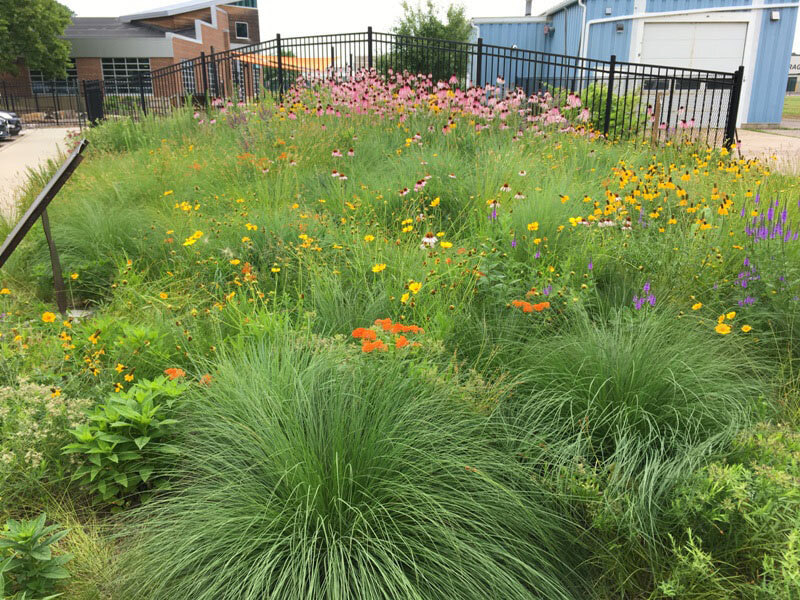
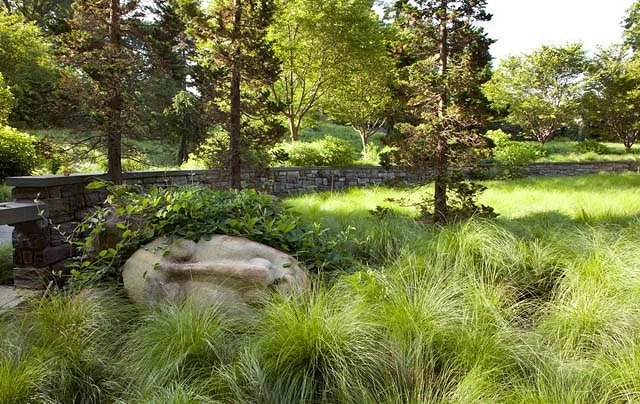
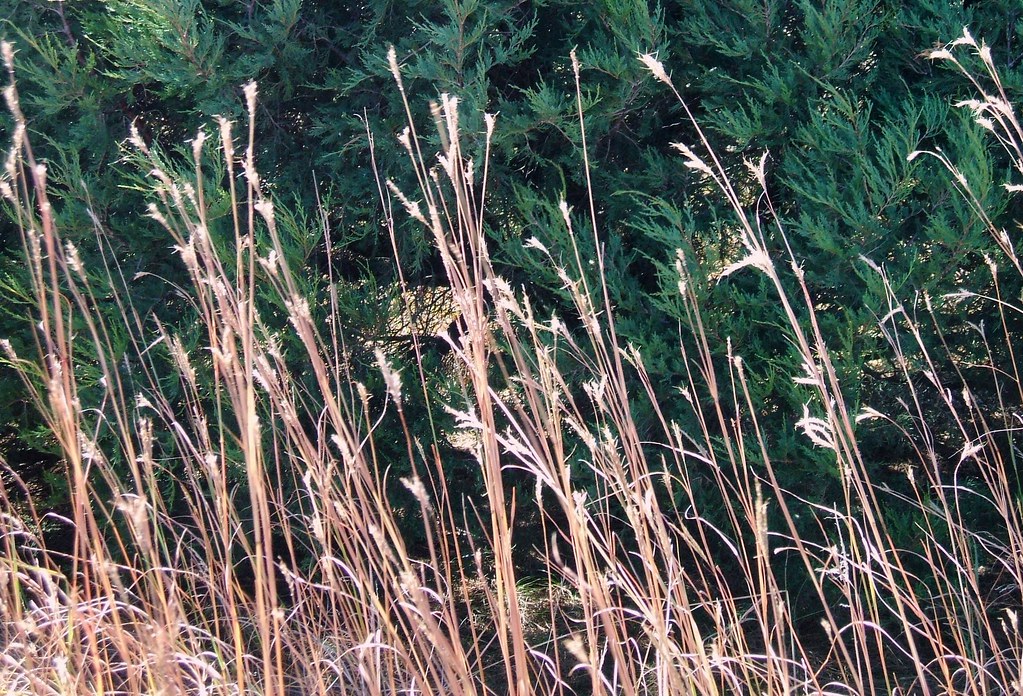
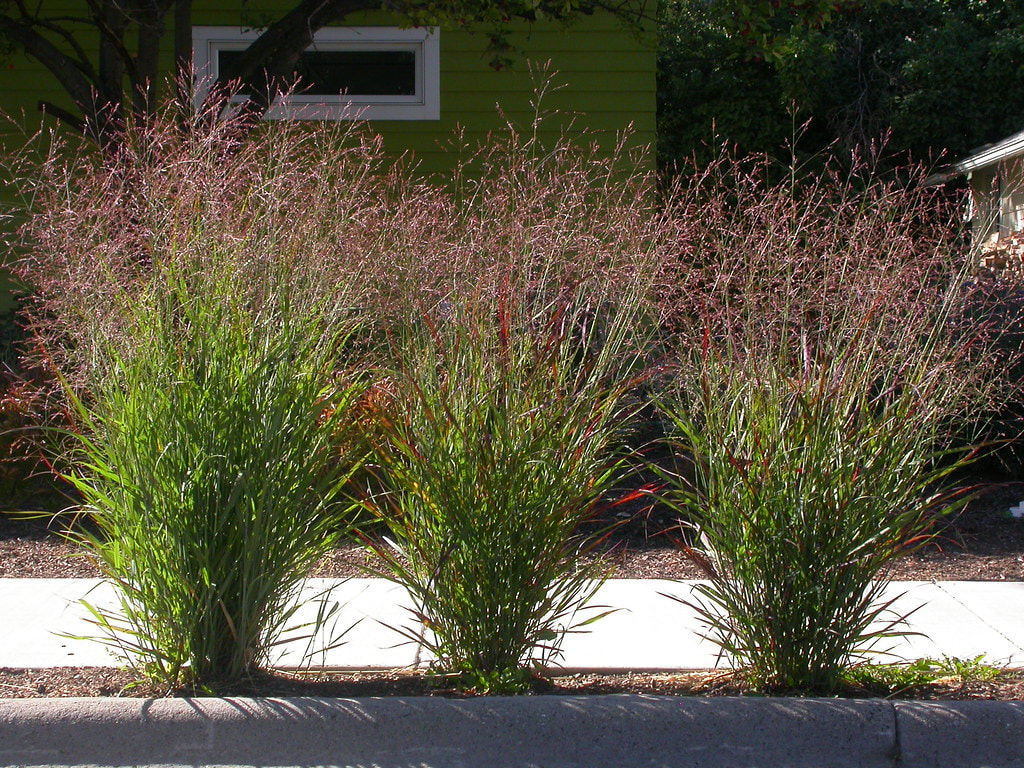
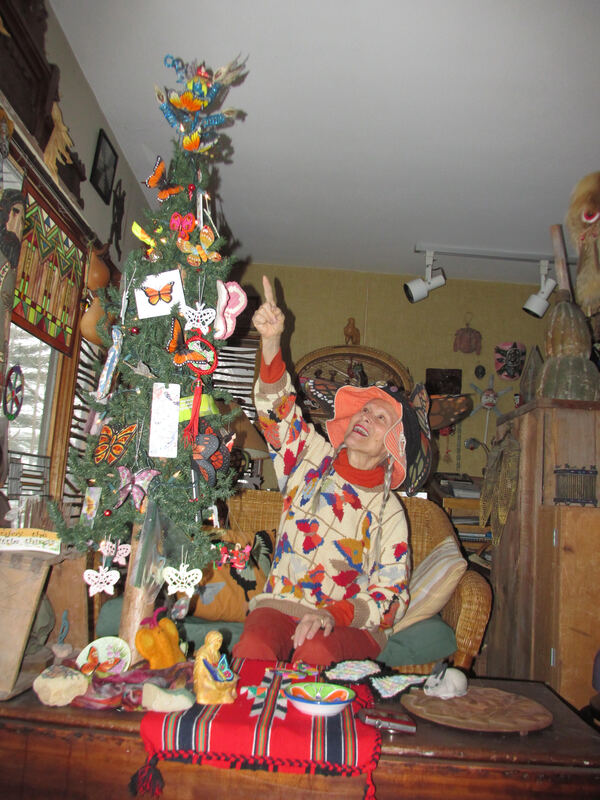
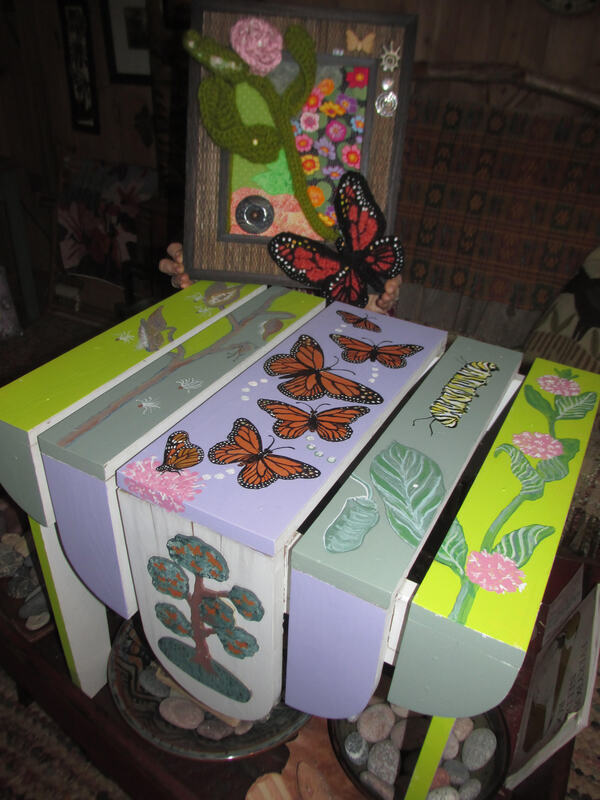
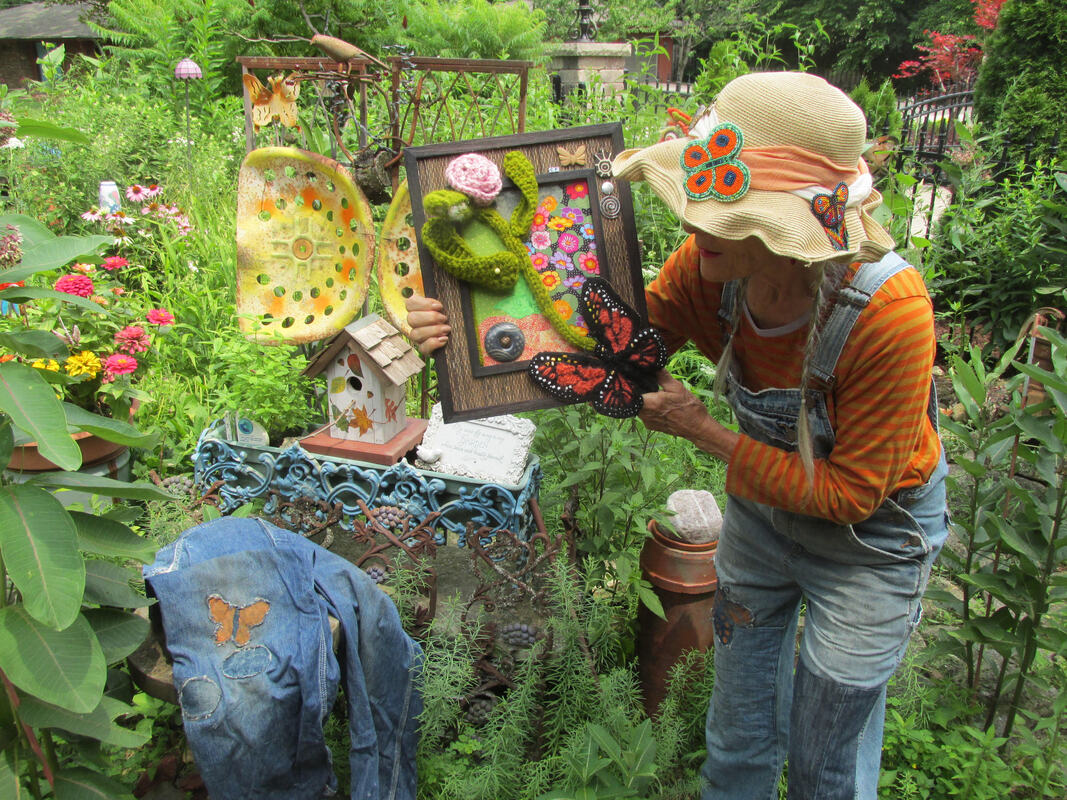
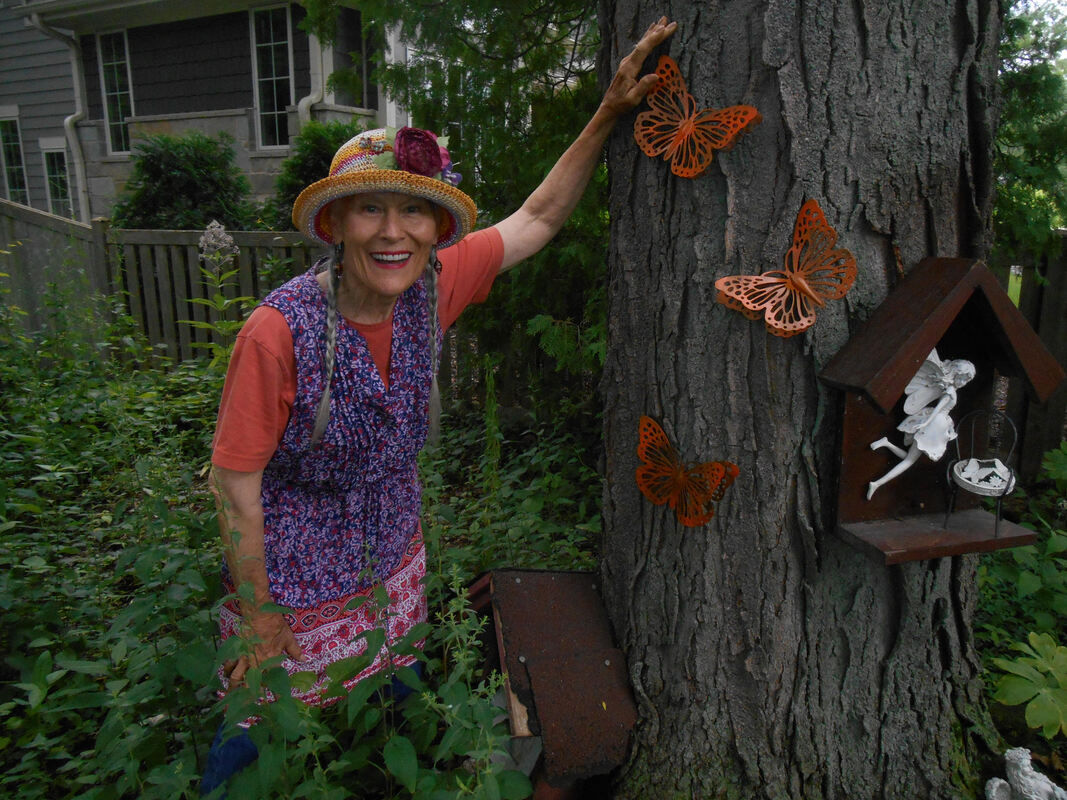
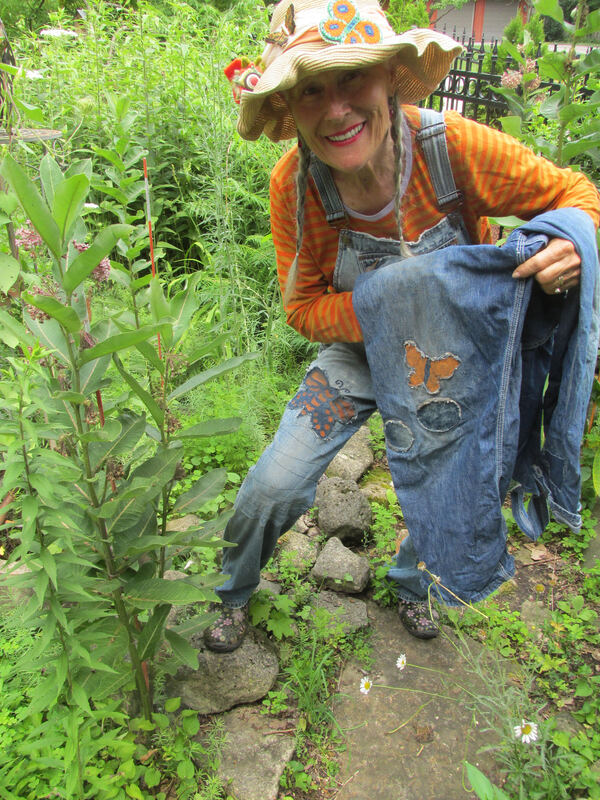
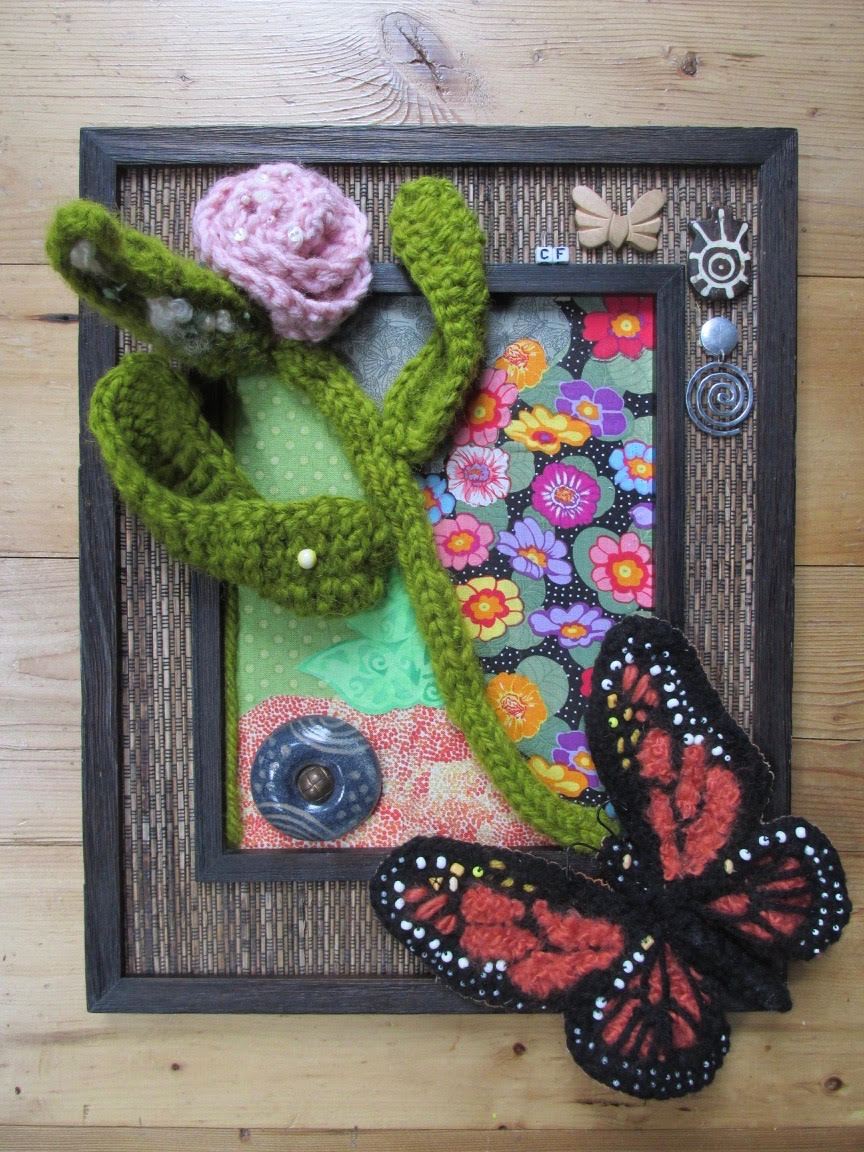
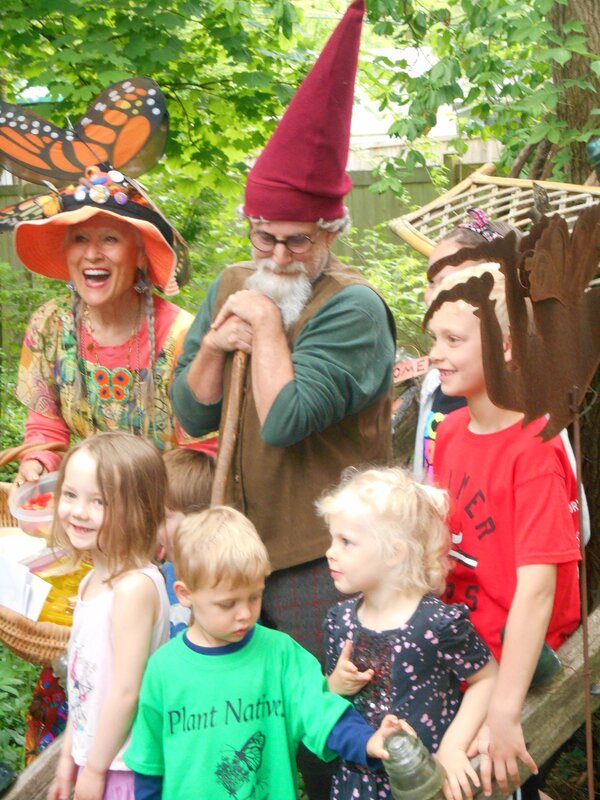
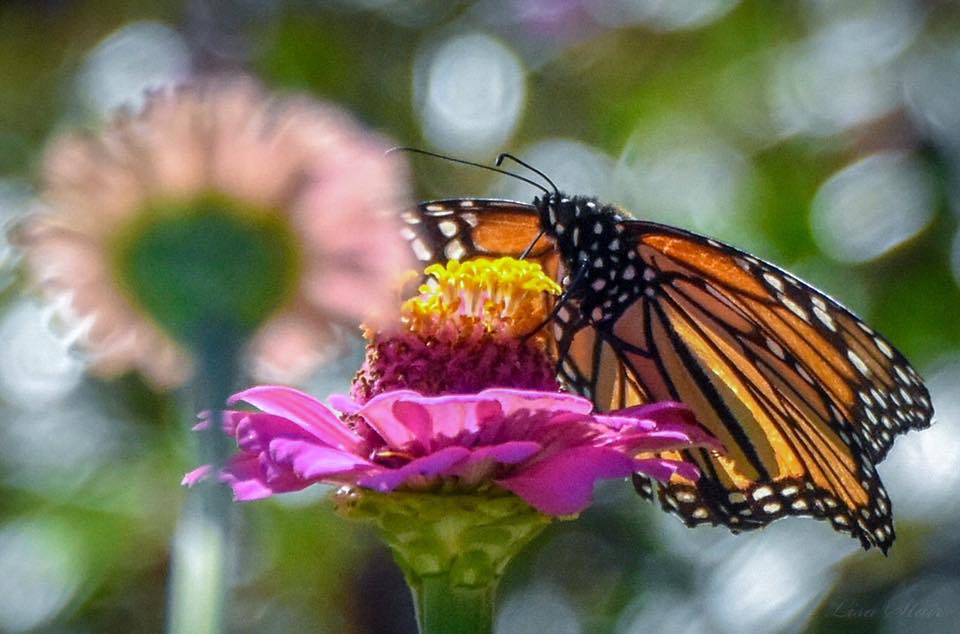
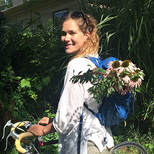
 RSS Feed
RSS Feed